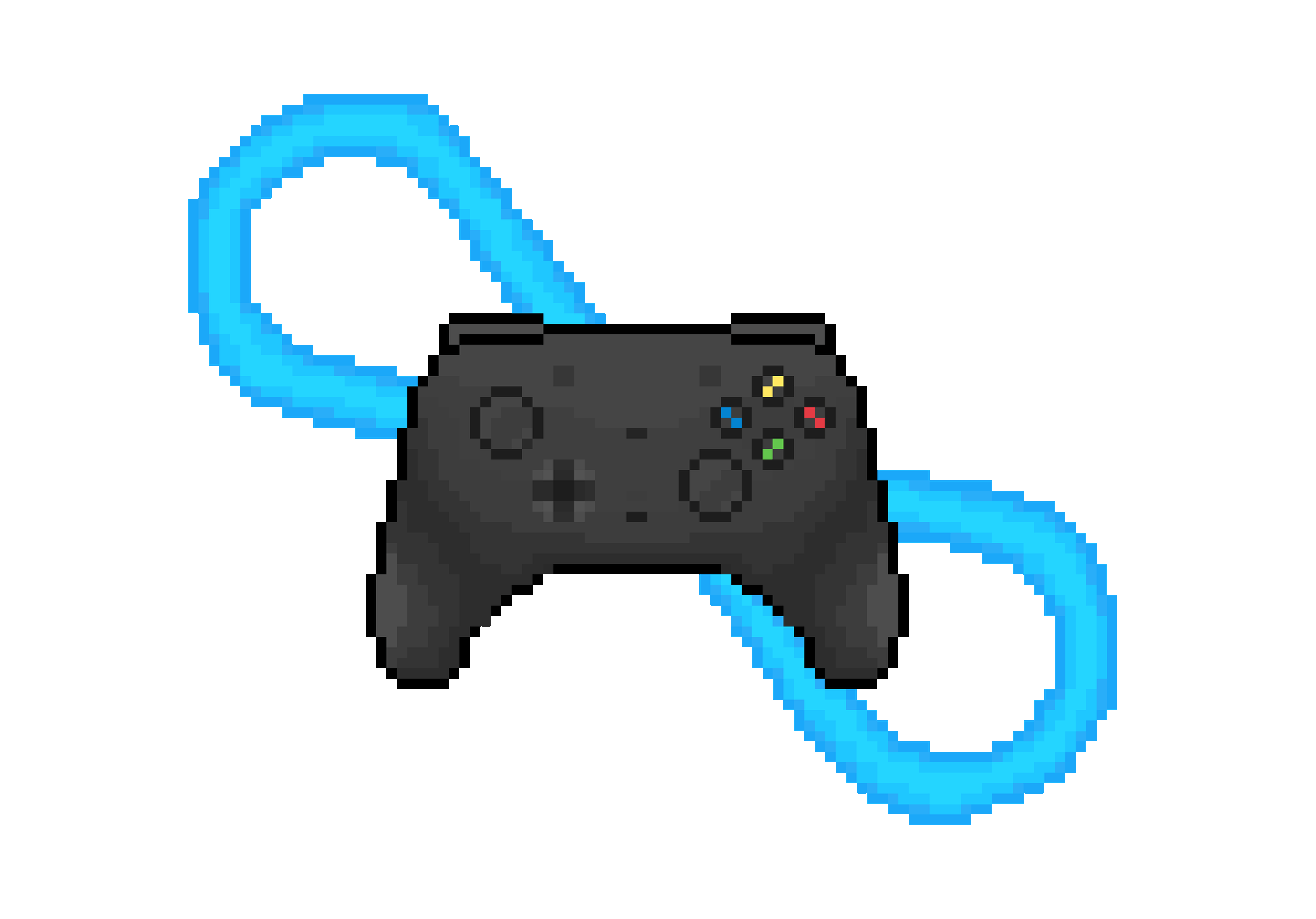📖AIP 60 My 3-Step Framework For Applying Insights From Books

Take just one minute to think about how many books you have read.
Now answer me honestly: How much have you actually applied from them?
In high school, I used to read 100s of books a year. But months after finishing one, I noticed my life didn't look any different. I was frustrated.
The problem was I didn't have a system for creating time and energy to apply my book insights.
Until I found the 3-step book application process I'm going to take you through in this article.
In brief:
- While reading, make ~3-5 highlights per chapter and annotate how you can apply the insight
- After finishing your linked book notes, create a checklist of action items
- Time block when to do the action items and create accountability using the Peanut Butter Accountability Framework
BONUS: Have a project associated with the book you are reading.
A Caveat Before We Get Started
One thing you should keep in mind before we get started is you don't have to apply every book.
You can read books for entertainment, for information, or for understanding. Sometimes you just want to read some Twiligh---err I mean The Stormlight Archives. So it's only in the third case you need to think about how you should apply knowledge.
That being said, some of my most life-changing insights have come from fiction books.
In addition, it's important to differentiate between just-in-time knowledge and just-in-case knowledge.
Just in time knowledge is knowledge you learn just in time to put it to use. This is often the case when you are consuming information for a project. Just in case knowledge is knowledge you acquire just in case you will need it in the future. Just in time knowledge is more actionable compared to just in case knowledge. Generally, I prefer just-in-time knowledge because application facilitates understanding and helps boost your memory for the book's concepts.
Application fosters memory and understanding.
However, just in case knowledge still has application value.
Even if you don't intend to apply knowledge from a book right away, you might still reference it in the future. And creating an action list will still be helpful, none the less if you end up taking action later on. Plus, if I want to read about The Secret World of Weather (I have done this) because I'm simply curious, then I will gosh darn it!
Step 1: While Reading, Make ~3-5 Highlights Per Chapter And Annotate How You Could Apply The Insight
Remember, the number one mistake people make while highlighting is taking too many highlights.
That and they can't stay within in the lines, must have been sick for that kindergarten class. So try and stick to 3-5 highlights per chapter, depending upon the book. In the annotations, write how you might apply the insight. Ask yourself these questions:
- Can I use this to improve in my areas of health, work, and relationships?
- Can I apply this to a project in my life?
- How can this help me follow my values?
Notice these are the same questions that you ask in the fourth stage of analytical reading. It's all tying together 😉.
Write your answers to these questions in the highlight.
Step 2: After Finishing Your Linked Book Notes, Create A Checklist Of Action Items
Right after finishing your book note (check out my article on how to create linked book notes), you understand the book better than ever.
This is the perfect time to create an action item list! Use the action item ideas from your annotations before, as well as any other way you can think of applying your book insights on the spot. You can create your checklist in your to-do list or at the bottom of your linked book summary.
This next step is important:
Batch your action items based on where, when, with who, and with what you will do them.
One of the biggest reasons people don't apply their books insights is because they don't have clarity on these aspects. And because they don't batch relevant action items together when they actually apply them.
Batching solves this issue in a couple of ways:
- It makes it easier to time block when to do the action items
- It save energy from context-switching
Step 3: Time Block And Create Accountability Using The Peanut Butter Accountability Framework
According to James Clear's Atomic Habits, we are WAY more likely to do something if we have an implementation intention.
An implementation intention is an intention to do X at Y time in Z place. Do this with your action items by scheduling a time on your calendar when you will do a batch of action items. Ideally, in the next few days or weeks, when the book is still fresh in your mind.
Unfortunately, we all suffer from an affliction known as being human.
So we can make this process even better by using the Peanut Butter Accountability framework.
It works by finding someone or some group you love and telling them you will give them something you love--peanut butter, money, a massage, lol--if you don't follow through on a goal. It's incredible how powerful accountability can be in getting you to do anything.
To illustrate this, let me tell you a story.
I was walking down the Cornell slope to the Stand Up Comedy Open Mic Night. My heart was beating out of my chest so hard I thought I was going to die. I was terrified. This was my first time ever doing stand-up.
What if I bombed?
I kept looking for excuses not to go.
Ehhhhh, I could just get dinner. They won't like me. This is stupid. Knowing I might talk myself out of it, I texted my brother, I'll give you $100 if I don't go to this open mic night. It was enough money to be painful but not enough to be destructive.
I showed up that night and made the crowd laugh hysterically with my weed edibles story.
Now, I have been showing up to stand-up open mics every other week since.
This is the power of the peanut butter accountability framework. You can do the same thing with your reading action items.
Find someone or some group you love and tell them you will give them X if you don't do your action items by the end of some date.
BONUS: Have A Project Associated With The Book You Are Reading
One of the best ways to apply learnings from books you read isn't to start reading.
Instead:
⚒️#1. Outline A Learning Project
🎣#2. Read Books Relevant To That Project
📸#3. Apply Your Learnings To The Project
The biggest mistake you can make before reading anything is consuming without a project.
Defining a learning project BEFORE starting to read, creates a medium for you to apply your learnings to. Why is this good? 2 reasons:
- It shortens the period between consumption and action, leading to more effective learning.
- It literally changes how you attend to information throughout your day. Your goals shape the information that sticks out as relevant in your environment. Creating a learning project filters out irrelevant information in the books you read.
It turns what you are learning into just-in-time knowledge rather than just-in-case.
Summary Of How To Apply The Knowledge From The Books You Read
In summary, here are the three steps to applying the knowledge from the books you read:
- Step 1: While reading, make 3-5 highlights per chapter and annotate how you could apply the insights.
- Step 2: After finishing your linked book notes, create a checklist of action items, batching them based on when, where, with whom, and with what you will do them.
- Step 3: Time block and create accountability for your action items using the Peanut Butter Accountability Framework
BONUS: Consider having a project associated with the book you're reading to provide a practical context for applying the knowledge.
If you found learning about how to apply your book insights helpful, you should sign up for the waitlist of the new video course I'm building: The Art Of Linked Reading.
The video course will help people who struggle to understand, connect, remember, apply, and intelligently communicate insights from non-fiction books learn to do so with linked notetaking apps like Obsidian, Tana, Logseq, and more.
Join the waitlist here:
Here's what I would like to share this week.
📸News From The Channel!
📺Latest On De YouTube - Create Your Best Life With Regular Reviews In Obsidian: In this video, I will teach you how I do daily, weekly, monthly, quarterly, and yearly reviews in Obsidian to create my best life. This regular reflection and planning is the single highest leverage ritual I have ever instilled in my life to benefit my health, work, and relationships.
🎙️Latest On De Podcast - E31 Rushika Prasad: Secrets Of Navigating PKM With ADHD: Shurika, ahem Rushika, I'm sorry I had to do the joke, is one of my best friends at Cornell. To be completely honest, I struggled drafting this Bio because I don't know how to describe her. She is interested in SO MANY THINGS. The best I can do is say she's an Engineering student at Cornell with a passion for philosophy, public speaking, debate, games, literature, and pretty much everything under the sun.
In this podcast you will learn:
- How to navigate PKM with ADHD
- How to use PKM to boost your relationships
- Tips for managing time and energy with ADHD
✍️Latest On De Blog - 📸The Ultimate Guide To Content Creation Part-Time In College: Content creation is the single highest leverage skill I have built over the last 3 years. In this article I share everything I wish I knew when starting 3 years ago from what mindsets you should ingrain, what tools to use, how to find your niche, what platforms to create on, and how to make money from your content.
💡My Best Insights:
P.S. Some of the links below are Amazon affiliate links.
📖Book - Elantris: Yup, I'm reading another Brandon Sanderson novel... But this time it's the first novel he ever published!
🎙️Podcast - Napolean How To Take Over The World: Many people know Napolean as the terribly short French Revolutionary. But in this podcast, I learned how much of a military and political genius he was. I took away many principles from his life I want to ingrain in my own. For example, the understanding that battles are more often lost by loss of hope than loss of numbers. Similarly, goals are more often abandoned by loss of hope than loss of ability to pursue them.
📺YouTube Video - Revealing Our $100,000 Production Studio!: One interesting idea I got from this video is tactical stress, the conscious decision to force yourself into a do or die situation. This forces you to put all your energy to get out of it and often do more than you ever thought possible. Dickie Bush and Nicolas Cole used tactical stress when they signed the lease for building a studio before they could really afford it.
✨Quote Of The Week - "Human beings are not rational animals, but rationalizing ones." - Daniel Kahneman
